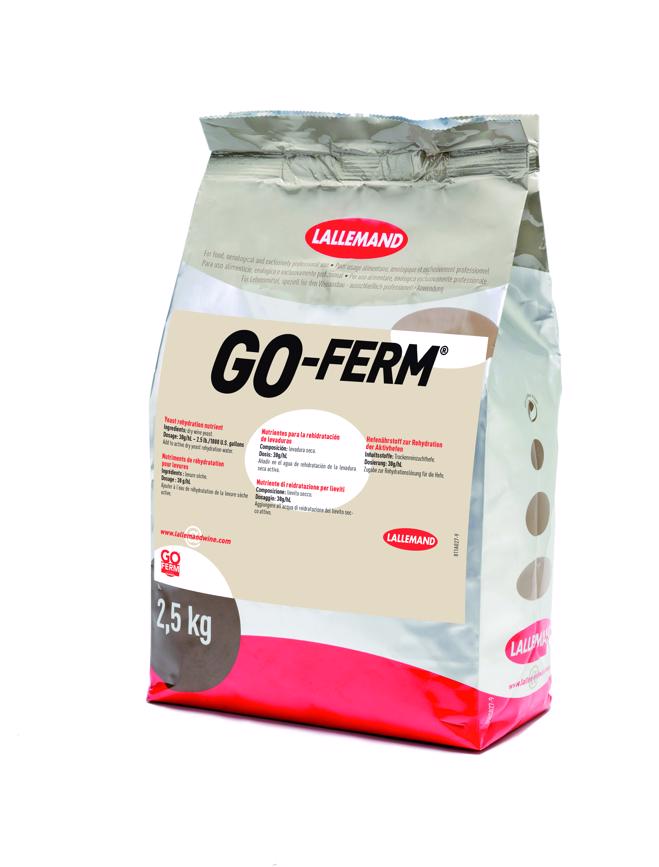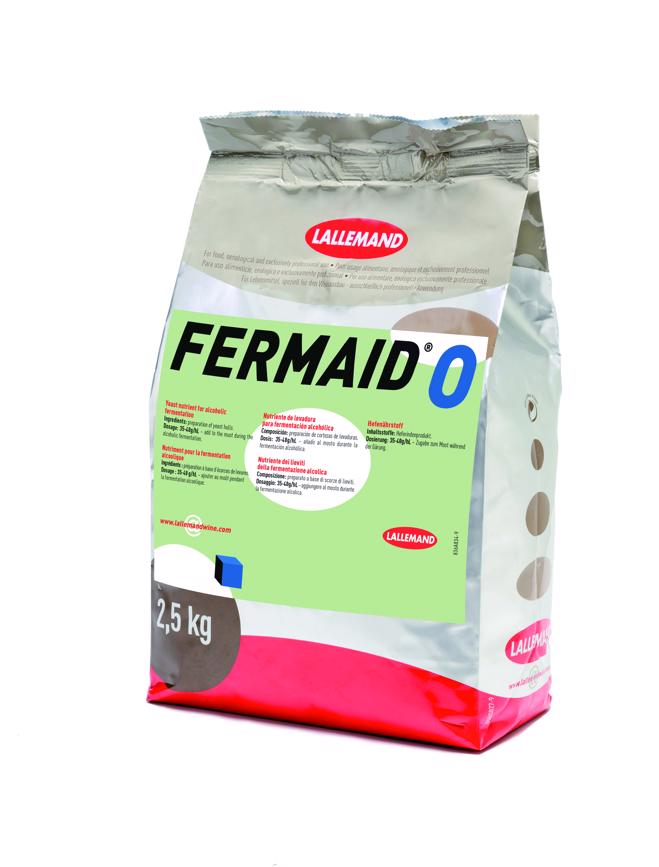Staggered Nutrient Additions For Mead & Country Wines

Yeast nutrients are really important in mead making and for making country wines (fruit, floral or vegetable wines other than grapes). Along with this when and how they are added can make a difference, staggered nutrient additions are beneficial for yeast health and reduce stress.
Mead and country wines are often high alcohol content and use simple sugars for fermentation. The problem with honey or simple sugars that might be used in country wines there is little nutrition especially nitrogen in the form of FAN (free amino nitrogen) but also other key compounds yeast need to thrive.
This lack of nutrients in mead along with the high gravities of most mead or wines means that mead or wine fermentations can have flaws or even be sluggish or not fully finish. Using yeast nutrients along with proper yeast pitching rates and knowing when to add them can make a big difference.
Table of Contents
Yeast Nutrients For Mead & Country Wine Making
The nutrients and compounds that yeast cells need to grow, reproduce and thrive can be different according to what point in the fermentation they are.
Homebrewing retailers typically sell blends of nutrients that contain a whole range of building blocks yeast need in order to achieve healthy, stress-free fermentation.
Most products labelled yeast nutrient sold by homebrew retailers (in the UK at least) will contain a source of nitrogen, vitamins, yeast hulls that all contribute to yeast health and reproduction. The most important nutrient, nitrogen is usually diammonium phosphate.
In the recipes here on Home Brew Answers I recommend using yeast nutrient for all the meads and wine recipes.
You can go a step further than this when making mead or country wine by using a more rigorous approach to nutrient additions.
Rehydration Nutrients Like Go-Ferm Protect
If you are fermenting a mead or wine with dry yeast then you can consider using a rehydration agent.
A rehydration agent is a particular type of yeast micronutrient that is designed to be added to water that dry yeast rehydrates in. If you are using liquid yeast then a rehydration nutrient is not necessary.
Go-Ferm Protect produced by Lallemand is probably the most commonly available on the market and is designed for use in the wine industry to prevent poor fermentations and achieve strong fermentation in wine or mead musts that are lacking in nutrients, fatty acids and sterols.
Rehydration agents such as Go-Ferm do not contain nitrogen in the form of diammonium phosphate as this has an adverse effect on yeast health when they are rehydrating. This means that if you are using a rehydration nutrient you will still need to add a yeast nutrient with DAP to the wine or mead for fermentation.
How Much Go-Ferm To Add?
Dosage of Go-Ferm when rehydrating the dry yeast is recommended at the following rate:
1.25g of Go-Ferm per 1g of yeast.
Staggered Nutrient Additions
To really improve a mead or wine fermentation then when you add nutrients and the kind of nutrients you are adding is important.
A more commonly used method of adding nutrients is not to add them during set points of the fermentation rather than bombarding the yeast with nutrients at the very start of the growth phase of the yeast.
This staggered addition of yeast nutrients supplies yeast cells with the required nutrition usually at 3 or 4 points of the fermentation:
- After 24 hours of pitching yeast
- After 48 hours
- After 72 hours
- After 7 days
What Nutrient To Use For Staggered Nutrient Additions?
When it comes to the selection of a yeast nutrient for mead or wine musts that are lacking in nutrients my preferred choice is Fermaid O produced by Lallemand, the second choice would be Fermaid K.
Fermaid O For Staggered Nutrient Additions
Fermaid O is relatively new to the market and is a product that should be used in conjunction with Go-Ferm which provide key micronutrients.
Fermaid O provides an organic source of nitrogen in the form of autolyzed yeast hulls.
Rather than using diammonium phosphate (DAP) as a source of nitrogen the nitrogen is from an organic source.
It is recommended to use Go-Ferm protect when rehydrating the yeast in conjunction with Fermaid O to have a complete source of nutrients and micronutrients. It is also recommended to add Fermaid O in staggered doses, as detailed above.
How Much Fermaid O To Use?
The dosage of Fermaid O is recommended by Lallemand as follows:
Add 40 g/hL (3 1/2 lb/1000 gal) of Fermaid O, 20 g/hL at the end of the lag phase and another 20 g/hL around 1/3 sugar depletion.
This equates to roughly 0.4g per litre split into to additions.
If you want to stagger the nutrient addition then I would recommend using a nutrient calculator such as the one here.
Difference Between Fermaid O vs Fermaid K?
The main difference between the two Lallemand products, Fermaid O and Fermaid K is the source of nitrogen.
In Fermaid O the nitrogen is organically derived in the form of autolyzed yeasts. In Fermaid K the source of nitrogen is DAP or diammonium phosphate which is a salt produced artificially.
Many mead makers prefer Fermaid O with the consideration that an organic form of nitrogen is more accessible to the yeast than from salt. Whether this makes any difference to the finished product is probably negligible.
If you cannot find Fermaid O then Fermaid K is not going to make a poorer mead or wine. It is used in the exact same way.
What About Using Other Yeast Nutrients?
I know from personal experience that it is quite hard to get hold of Fermaid O, K and Go-Ferm in the UK and this may be the case in other countries too.
I have had the most luck finding it on eBay and Amazon.
If you can’t find it at all then I would suggest using a yeast energizer and nutrient in much the same way outlined above, using staggered additions.
The dosage will vary by product so read the instructions and divide the dosage up into the required additions.






Leave a Reply
Want to join the discussion?Feel free to contribute!